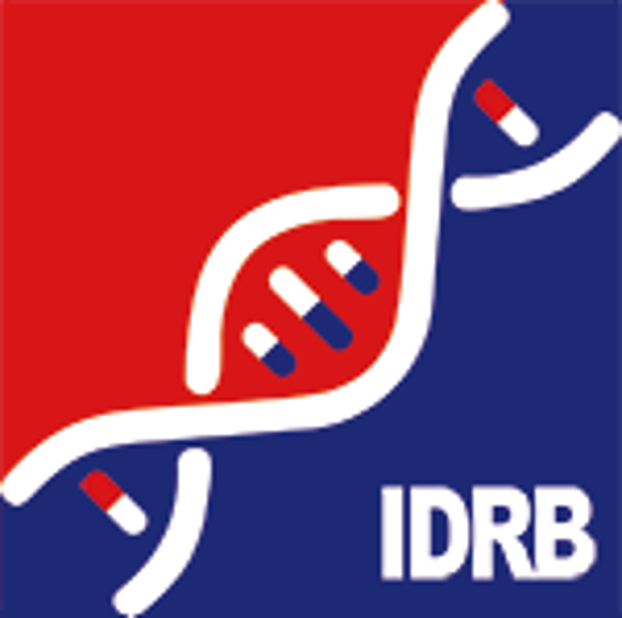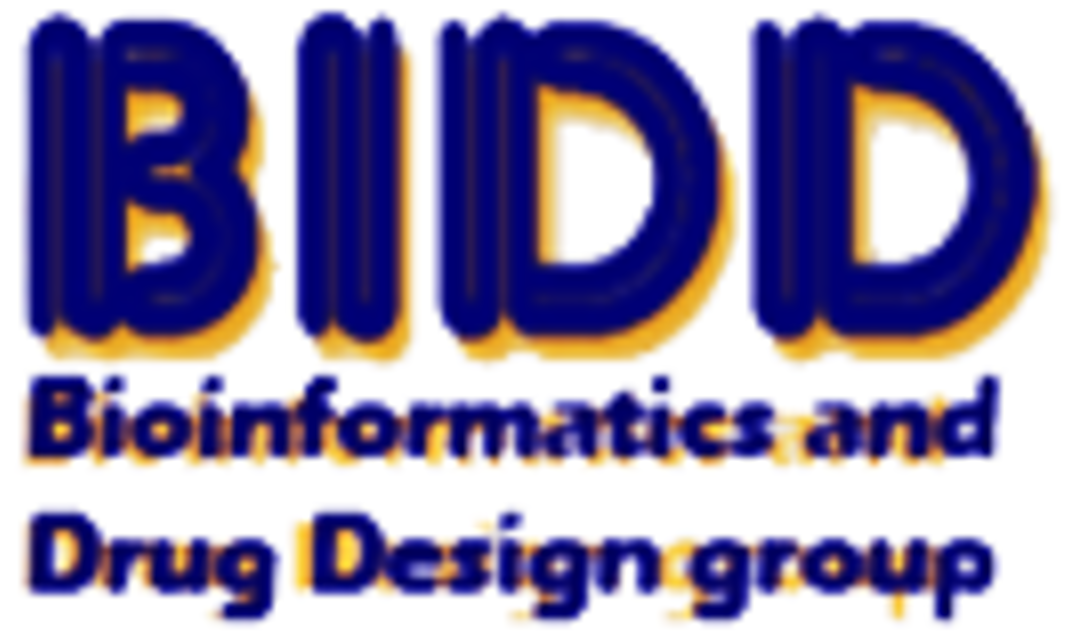| References |
Top |
| REF 1 |
Identification and characterization of proteins interacting with SIRT1 and SIRT3: implications in the anti-aging and metabolic effects of sirtuins. Proteomics. 2009 May;9(9):2444-56.
|
| REF 2 |
Regulation of WRN protein cellular localization and enzymatic activities by SIRT1-mediated deacetylation. J Biol Chem. 2008 Mar 21;283(12):7590-8.
|
| REF 3 |
USP22 antagonizes p53 transcriptional activation by deubiquitinating Sirt1 to suppress cell apoptosis and is required for mouse embryonic development. Mol Cell. 2012 May 25;46(4):484-94.
|
| REF 4 |
KAP1 Deacetylation by SIRT1 Promotes Non-Homologous End-Joining Repair. PLoS One. 2015 Apr 23;10(4):e0123935.
|
| REF 5 |
Sirt1 physically interacts with Tip60 and negatively regulates Tip60-mediated acetylation of H2AX. Biochem Biophys Res Commun. 2009 Dec 25;390(4):1355-60.
|
| REF 6 |
SIRT1 regulates autoacetylation and histone acetyltransferase activity of TIP60. J Biol Chem. 2010 Apr 9;285(15):11458-64.
|
| REF 7 |
Composition and histone substrates of polycomb repressive group complexes change during cellular differentiation. Proc Natl Acad Sci U S A. 2005 Feb 8;102(6):1859-64.
|
| REF 8 |
PCAF-primed EZH2 acetylation regulates its stability and promotes lung adenocarcinoma progression. Nucleic Acids Res. 2015 Apr 20;43(7):3591-604.
|
| REF 9 |
Oxidative damage targets complexes containing DNA methyltransferases, SIRT1, and polycomb members to promoter CpG Islands. Cancer Cell. 2011 Nov 15;20(5):606-19.
|
| REF 10 |
SIRT1 deacetylates the DNA methyltransferase 1 (DNMT1) protein and alters its activities. Mol Cell Biol. 2011 Dec;31(23):4720-34.
|
| REF 11 |
A high-confidence interaction map identifies SIRT1 as a mediator of acetylation of USP22 and the SAGA coactivator complex. Mol Cell Biol. 2013 Apr;33(8):1487-502.
|
| REF 12 |
Stabilization of histone demethylase PHF8 by USP7 promotes breast carcinogenesis. J Clin Invest. 2016 Jun 1;126(6):2205-20.
|
| REF 13 |
LncRNA HULC triggers autophagy via stabilizing Sirt1 and attenuates the chemosensitivity of HCC cells. Oncogene. 2017 Jun 22;36(25):3528-3540.
|
| REF 14 |
Negative regulation of the deacetylase SIRT1 by DBC1. Nature. 2008 Jan 31;451(7178):587-90.
|
| REF 15 |
Necdin regulates p53 acetylation via Sirtuin1 to modulate DNA damage response in cortical neurons. J Neurosci. 2008 Aug 27;28(35):8772-84.
|
| REF 16 |
DBC1 is a negative regulator of SIRT1. Nature. 2008 Jan 31;451(7178):583-6.
|
| REF 17 |
Methyltransferase Set7/9 regulates p53 activity by interacting with Sirtuin 1 (SIRT1). Proc Natl Acad Sci U S A. 2011 Feb 1;108(5):1925-30.
|
| REF 18 |
Human SIR2 deacetylates p53 and antagonizes PML/p53-induced cellular senescence. EMBO J. 2002 May 15;21(10):2383-96.
|
| REF 19 |
Sirt-1 is required for the inhibition of apoptosis and inflammatory responses in human tenocytes. J Biol Chem. 2012 Jul 27;287(31):25770-81.
|
| REF 20 |
DBC1 phosphorylation by ATM/ATR inhibits SIRT1 deacetylase in response to DNA damage. J Mol Cell Biol. 2012 Oct;4(5):294-303.
|
| REF 21 |
Active regulator of SIRT1 cooperates with SIRT1 and facilitates suppression of p53 activity. Mol Cell. 2007 Oct 26;28(2):277-90.
|
| REF 22 |
HDAC3 is negatively regulated by the nuclear protein DBC1. J Biol Chem. 2010 Dec 24;285(52):40830-7.
|
| REF 23 |
FOXO4 is acetylated upon peroxide stress and deacetylated by the longevity protein hSir2(SIRT1). J Biol Chem. 2004 Jul 9;279(28):28873-9.
|
| REF 24 |
Stimulation of Sirt1-regulated FoxO protein function by the ligand-bound vitamin D receptor. Mol Cell Biol. 2010 Oct;30(20):4890-900.
|
| REF 25 |
Resveratrol promotes osteogenesis of human mesenchymal stem cells by upregulating RUNX2 gene expression via the SIRT1/FOXO3A axis. J Bone Miner Res. 2011 Oct;26(10):2552-63.
|
| REF 26 |
Stress-dependent regulation of FOXO transcription factors by the SIRT1 deacetylase. Science. 2004 Mar 26;303(5666):2011-5.
|
| REF 27 |
Inhibition of transcriptional activity of c-JUN by SIRT1. Biochem Biophys Res Commun. 2008 Nov 28;376(4):793-6.
|
| REF 28 |
SIRT1 suppresses activator protein-1 transcriptional activity and cyclooxygenase-2 expression in macrophages. J Biol Chem. 2010 Mar 5;285(10):7097-110.
|
| REF 29 |
SIRT1 deacetylates and inhibits SREBP-1C activity in regulation of hepatic lipid metabolism. J Biol Chem. 2010 Oct 29;285(44):33959-70.
|
| REF 30 |
Conserved role of SIRT1 orthologs in fasting-dependent inhibition of the lipid/cholesterol regulator SREBP. Genes Dev. 2010 Jul 1;24(13):1403-17.
|
| REF 31 |
Inhibition of SIRT1 impairs the accumulation and transcriptional activity of HIF-1 protein under hypoxic conditions. PLoS One. 2012;7(3):e33433.
|
| REF 32 |
Sirtuin 1 modulates cellular responses to hypoxia by deacetylating hypoxia-inducible factor 1alpha. Mol Cell. 2010 Jun 25;38(6):864-78.
|
| REF 33 |
hSirT1-dependent regulation of the PCAF-E2F1-p73 apoptotic pathway in response to DNA damage. Mol Cell Biol. 2009 Apr;29(8):1989-98.
|
| REF 34 |
Interactions between E2F1 and SirT1 regulate apoptotic response to DNA damage. Nat Cell Biol. 2006 Sep;8(9):1025-31.
|
| REF 35 |
Hepatic FOXO1 Target Genes Are Co-regulated by Thyroid Hormone via RICTOR Protein Deacetylation and MTORC2-AKT Protein Inhibition. J Biol Chem. 2016 Jan 1;291(1):198-214.
|
| REF 36 |
Multiple site acetylation of Rictor stimulates mammalian target of rapamycin complex 2 (mTORC2)-dependent phosphorylation of Akt protein. J Biol Chem. 2012 Jan 2;287(1):581-8.
|
| REF 37 |
Phosphoinositide 3-kinase as a novel functional target for the regulation of the insulin signaling pathway by SIRT1. Mol Cell Endocrinol. 2011 Mar 30;335(2):166-76.
|
| REF 38 |
The direct involvement of SirT1 in insulin-induced insulin receptor substrate-2 tyrosine phosphorylation. J Biol Chem. 2007 Nov 23;282(47):34356-64.
|

